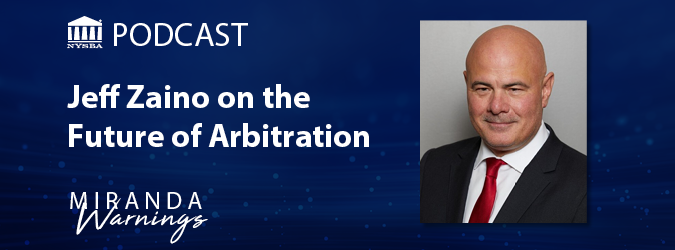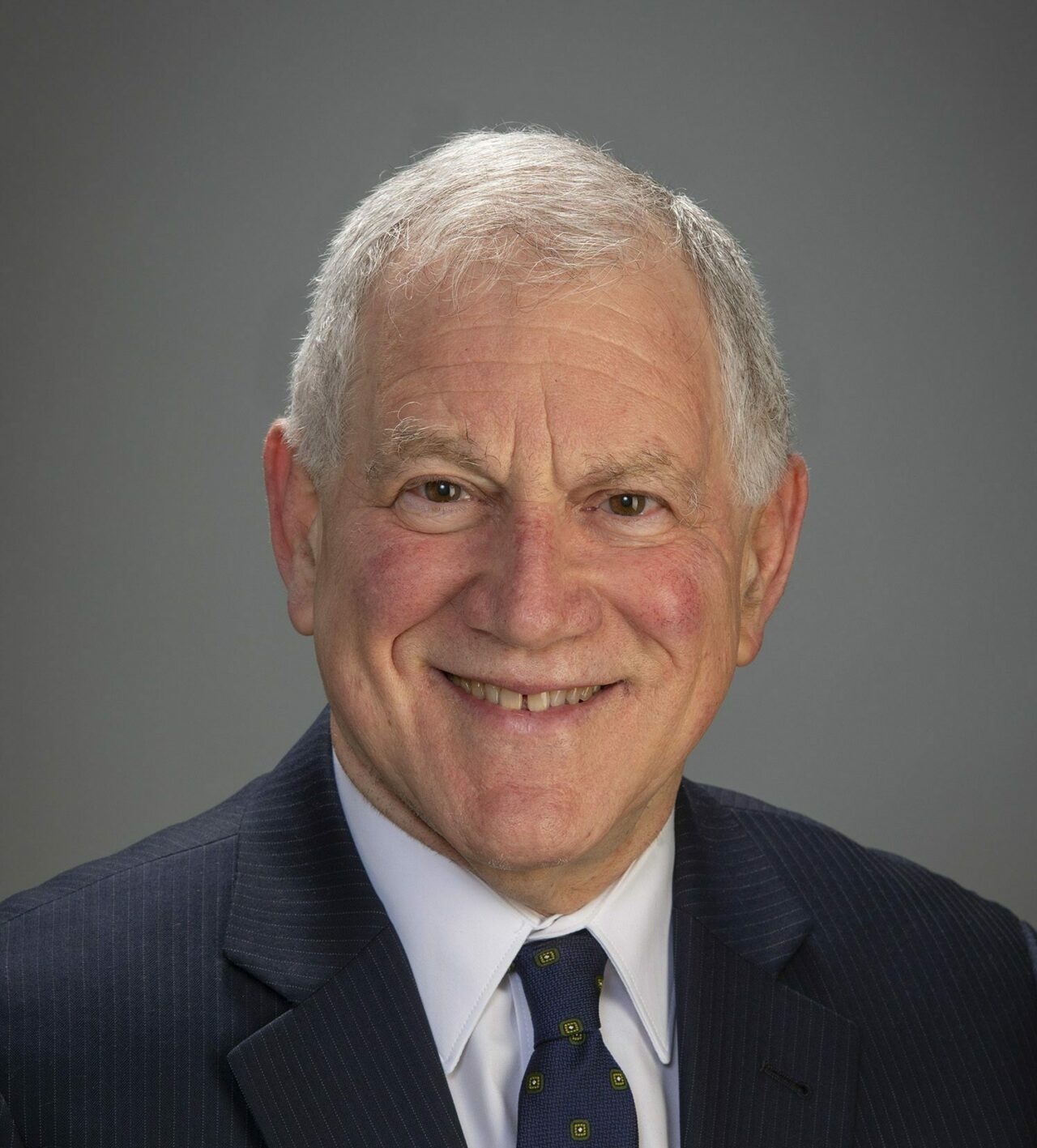Promoting Diversity While Complying With the Supreme Court
9.6.2023

After the U.S. Supreme Court ruled that race-conscious admissions at Harvard and the University of North Carolina are unconstitutional, employers, educators and the judiciary are trying to adjust to this new reality while preserving their diversity goals.
The New York State Bar Association gathered a panel of experts in a webinar to discuss the impact of the U.S. Supreme Court decision and how organizations are providing equal opportunities without relying on race.
“It is not our purpose here to criticize the Supreme Court,” New York State Bar Association President Richard Lewis said in his opening remarks. “It is our purpose to look at what we’re going to do now.”
More than 200 people attended the webinar.
The panelists were:
- Vincent Chang, partner, Wollmuth Maher & Deutsch.
- Associate Justice Cheryl Chambers, Appellate Division, Second Department.
- Kapil Longani, senior vice chancellor for legal affairs and general counsel, State University of New York.
- Jill Rosenberg, New York employment law partner, Orrick.
- Caren Ulrich Stacy, founder & CEO, Diversity Lab.
Nihla F. Sikkander, chair of the New York State Bar Association’s Diversity, Equity and Inclusion Committee, and a labor and employment attorney at Bond, Schoeneck & King, moderated the discussion.
Education
Longani explained that the Supreme Court determined that Harvard and the University of North Carolina could not consider race an advantage in making admissions decisions. “It’s not that the use of race is impermissible,” he said. “It’s that admissions counselors need to ensure that when thinking about race, that they are tying it to the individual experiences of the students.”
According to guidance from the Department of Education and the Department of Justice, prospective students could talk about overcoming adversity as the first black violinist in the city’s orchestra or how cooking traditional Hmong dishes with grandma sparked a passion for food.
In addition, Longani said that schools can use race-neutral criteria that focuses on other aspects of applicants’ lives such as first-generation status, family finances, a bilingual household, parental education level, or the neighborhood where an applicant lives or goes to school.
A college could also consider expanding available financial aid and scholarships to draw in a wider pool of candidates.
“After the SCOTUS decision, both the SUNY and CUNY chancellors talked to members of the legislature about options to consider,” said Longani. “And some the things we talked about were expanding the Tuition Assistance Program, which currently provides financial aid for families with income of up to $80,000 for dependent students. Expanding the Educational Opportunity Program, which is a program that focuses exclusively on economically-disadvantaged students and is race-neutral.”
Longani also mentioned proposed legislation to mandate that all students fill out FAFSA, the universal application for financial aid that all college-bound students are supposed to complete. “This has been done in other states like California, Texas, Louisiana, and has really dramatically expanded college opportunities,” he said.
However, there is concern that in the short term, a lack of diversity in schools – especially law schools – would make the legal profession even less diverse than it already is. “A 2015 study by the Bureau of Labor Statistics found that the legal profession was one of the least racially diverse professions in the country,” said Longani. “And nearly a decade later, that remains true.”
Employment
In most cases, race, gender and other protected characteristics cannot be used as a factor in hiring. Employers are subject to a different set of laws than the ones that govern educational institutions. But corporate diversity initiatives have still come under scrutiny. In July, Senator Tom Cotton sent letters to 51 law firms alleging that their diversity, equity and inclusion programs violate the law.
“We have to push back on that and show that some of these are misconceptions about the DEI work,” said Ulrich Stacy. “The real work that’s getting done is about equal opportunity. It’s about fairness, and it’s about inclusivity. It’s not discrimination, it’s not zero sum. I think it’s going to be incumbent on us to show that for everybody’s benefit.”
Ulrich Stacy said that she was encouraged by the many firms that have pledged to continue their work, but worried that they would do so “quietly” and the lack of attention would lessen diversity in the marketplace.
Furthermore, some reverse discrimination cases have been filed under Section 1981 of the 1866 Civil Rights Act. “The intent of the law at the time was to prevent discrimination against black citizens by white citizens in the making and enforcement of private contracts,” said Rosenberg. “That a white individual could not now say after the Civil War, I don’t want to do business with that individual, or I will do it on different terms based on race.”
Section 1981 lawsuits use the law’s broad language to charge that diversity programs exclude white employees.
It’s also a faster remedy. Under Title VII of the Civil Rights Act, plaintiffs must first exhaust other options and go to the Equal Employment Opportunity Commission, which can take 180 days. With Section 1981, plaintiffs are able to go directly to court. Also, there is a longer statute of limitations and damages are uncapped.
However, plaintiffs suing under Section 1981 have a heavier burden of proof to show that race was a determining factor, instead of a motivating factor under Title VII.
Panelists agreed that lawsuits are moving from education to employment, and employers should reinforce and support their already existing diversity initiatives, and update procedures and language where necessary.
“There is not a full-fledged attack on anything other than a narrow sector of educational admissions decisions,” said Chang. “There’s no attack right now on the judiciary, on private law firms. There’s no attack on employment decisions. But the ball may be moving in that direction, and we have to be prepared for that… So we all need to be taking stock of all DEI initiatives to make sure they’re compliant. We need to look at all hiring policies. We need to look at all admissions policies. We need to make sure they’re compliant with the way the law may be moving in the future, not just where it is now.”
The Task Force on Advancing Diversity will release its full report in a few weeks. The webinar is available on demand.






